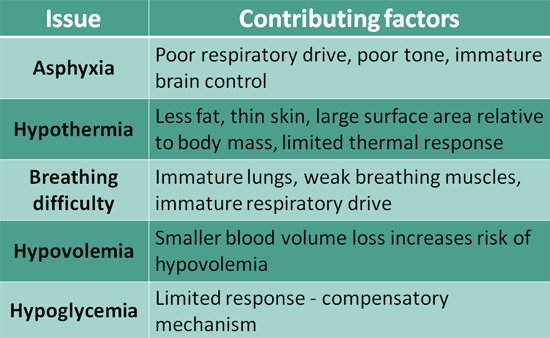Need for timely resuscitation in a preterm infant
- Introduction...
- 2. Overview...
- 3. FACT...
- 4. Concerns of pre...
- 5. Why preterm are...
- 6. What can be don...
- 7. Need for assess...
- 8. Conclusion...
- 1. Learning object...
 |
 |
Introduction
DR. RHISHIKESH THAKRE
MD, DM (Neonatology)
Consultant
Neo Clinic & Hospital
Aurangabad
2. Overview
► India has upto 15% preterm births
► Upto 35% of neonatal deaths are due to prematurity
► Preterm babies are at high risk for asphyxia
► Timely interventions improve outcomes
3. FACT
► Prematurity is a risk factor for resuscitation
► Preterm babies have higher chances of requiring resuscitation
compared to term
► Equipments & expertise needed for preterm resuscitation/
stabilization differs from term babies
4. Concerns of preterm in delivery room
► Asphyxia
► Hypothermia
► Breathing difficulty
► Hypoglycemia
► Hypovolemia
5. Why preterm are at “high risk”?

6. What can be done?
► The first minutes of life are decisive
► Follow a systematic stepwise approach
► Place emphasis on
♦ Temperature, Airway, Breathing, Circulation
► Actions during these minutes will have an influence later
on outcome
7. Need for assessment

8. Conclusion
► Simple, effective, easy to practice steps can help and save
preterm lives
► These steps can help improve short term and long term
outcome
1. Learning objective
► To understand the need of timely resuscitation of a preterm
newborn
